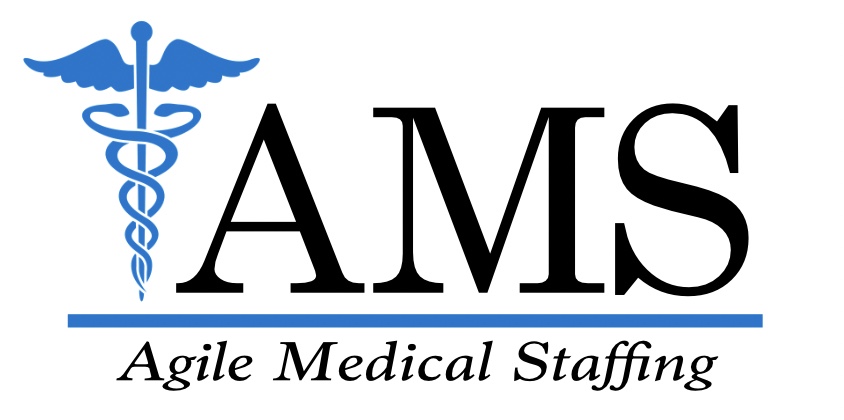When emergencies hit, healthcare facilities in Dallas can’t afford to be short on staff. Whether it’s a flu outbreak, sudden staff resignations, or a sharp increase in patient intake, being caught off guard can strain resources and impact patient care. Having a plan already in place to fill roles quickly without cutting corners is something every facility should take seriously.
A well-rounded plan goes beyond just calling in a few people to cover shifts. It’s about knowing exactly where the gaps are, having access to backup support, and staying flexible when things get unpredictable. From internal adjustments to outside staffing help, there are several ways to manage short-term staffing needs without creating long-term problems.
Identify Immediate Staffing Needs
The first step in a staffing emergency is figuring out exactly what you’re working with. You can’t fix a staffing problem if you don’t know where the gap is. That means checking floor coverage and reviewing current schedules to spot the most urgent shortages. Is the ER missing two nurses during the night shift? Are you down a respiratory therapist with no backup? These details drive faster, smarter decisions.
It’s important to focus on roles that can’t go without coverage. Patient safety and the continuity of care should lead all staffing decisions. Here’s how to quickly break down your needs:
– Review your existing shift rosters and who’s currently on-site.
– Identify departments hit hardest by the emergency.
– Flag employees with overlapping skills or cross-training.
– Highlight time slots and positions crucial to maintaining services.
Keeping a ranking list of roles based on urgency can save time. When pressure is high and things are moving quickly, this list becomes a vital tool for fast decisions. Involving department heads helps bring a clear picture of what must be done right away to hold operations steady.
Use the Team You Already Have
Looking inward often brings the quickest relief. Reassigning internal staff during an emergency is a strong starting point when response time matters. But this only works well when your people are prepared to step into different roles. Nurses cross-trained in both ICU and med-surg, for example, can step into high-need areas without missing a beat.
The ability to flex across responsibilities is what makes cross-training so effective. It doesn’t mean expecting staff to work outside their expertise. It means supporting those with existing experience in multiple areas so they can help bridge gaps smoothly.
Here are some tactical ways to use existing staff efficiently:
– See if part-time workers are available to increase hours.
– Offer incentives for those willing to take on extra shifts.
– Temporarily set aside low-priority tasks to focus on crucial roles.
– Pair newer float staff with seasoned team members for short-term mentoring.
During a recent spring storm season in Texas, one Dallas facility reassigned outpatient nurses to inpatient units for just 48 hours. It helped provide consistent care throughout the surge without onboarding unfamiliar faces in the middle of a crisis.
Knowing your people’s strengths ahead of time is what makes this work. A well-organized team that can work across units is key to staying functional during tough hours.
Partner With a Healthcare Recruitment Company
If you’ve stretched your internal staff and are still coming up short, it’s time to call in support. A healthcare recruitment company offers fast, reliable staffing solutions. They work with professionals who are not only trained and licensed but ready to hit the ground running. That speed is critical when delays risk patient care and staff burnout.
The right partner gives you direct access to pre-vetted professionals without the need for job ads, interviews, or onboarding delays. With a steady pool of nurses and healthcare workers on call, gaps are easier to control.
Here are situations where a staffing partner can make a difference:
– You’ve used internal backup, but some shifts remain open.
– An ongoing emergency is forcing regular work to fall behind.
– Your staff is nearing burnout from extended overtime or double shifts.
Say a Dallas facility is hit with an unexpected surge after a weekend trauma event. Instead of waiting for Monday morning to regroup, you can call on a staffing partner and respond within hours. This helps spread the load evenly and keeps services running safely.
Working with a recruitment company lowers the pressure on your core staff. It’s a smart move that brings relief when response time matters most.
Create a Clear Rapid Deployment Plan
Ready or not, emergencies can show up at any time. That’s why it’s smart to have a go-to staffing plan already mapped out. Without it, decisions get delayed, confusion spreads, and stress runs high.
An effective rapid deployment plan creates a clear path from the minute staffing needs arise. It helps everyone know what to do and how to do it, which keeps things moving smoothly.
Here are key elements you’ll want in your plan:
1. Pick a team or contact person to lead emergency staffing calls.
2. Keep an updated list of float staff, temporary workers, and former employees open to short-term assignments.
3. Map out which roles are most urgent and need to be prioritized.
4. Maintain up-to-date records for credentials and availability.
5. Set up alert systems through chat, email, or mass text messaging.
It pays to run through your emergency staffing plan a couple of times a year. Walk the team through it before flu season, major holidays, or large city events that might cause staffing strains.
Having a plan doesn’t mean every step will go perfectly. But it does give you a strong base to act quickly without losing time.
Keep Your Facility in a Ready State
Once the rush of an emergency is over, it’s easy to ease off the prep work. But if you want smoother responses going forward, take time to learn from the recent experience.
One smart move is to schedule regular training on emergency staffing protocols. Use downtime to practice role swaps and float coverage so people stay comfortable with new tasks. Keep open conversations going to find out what worked during the emergency and what didn’t.
Daily and weekly habits can go a long way in building a stronger response:
– Review shift reports often to look for repeating coverage issues.
– Hold regular drills to simulate different staffing gaps.
– Make sure your list of backup contacts is current and easy to access.
Ongoing readiness keeps your Dallas facility prepared. Think of it less as a big fix and more as lots of small efforts that reduce risk and increase team confidence.
Building Daily Strength for Emergency Success
Emergencies don’t always look like disaster movies. Sometimes they’re just a string of no-shows or a holiday weekend that fills up fast. But you don’t have to scramble when time is short. With smart planning, a flexible team, and trusted partners in place, you can respond quickly and keep operations moving without missing a step.
Quick response doesn’t just protect patient care. It keeps your team focused, your services stable, and your stress levels low. Conditions will always shift, but preparation puts you in control. Whether it’s a shift swap or full team reinforcement, having solid options gives your staff the support they need—no matter what comes next.
Ensure your Dallas facility is always prepared by exploring the advantages of working with a healthcare recruitment company. At Agile Medical Staffing, we can help you stay responsive and efficient by providing a tailored plan to manage unexpected staffing needs. Discover how our dedicated solutions can maintain smooth operations and bolster patient care at your facility.






